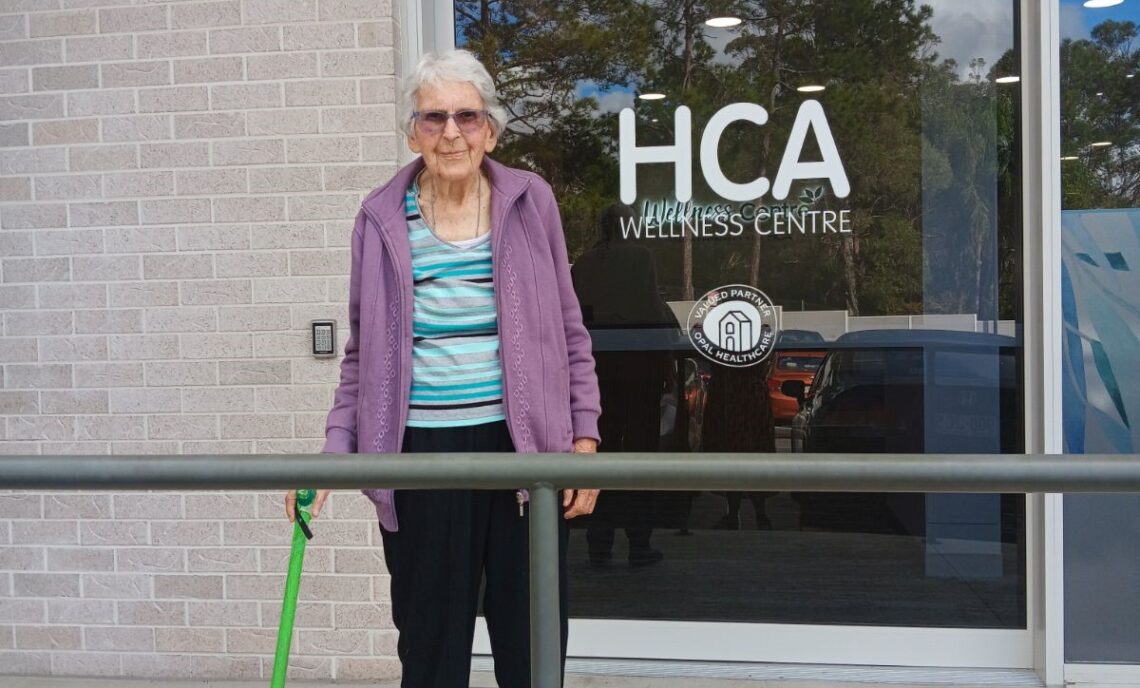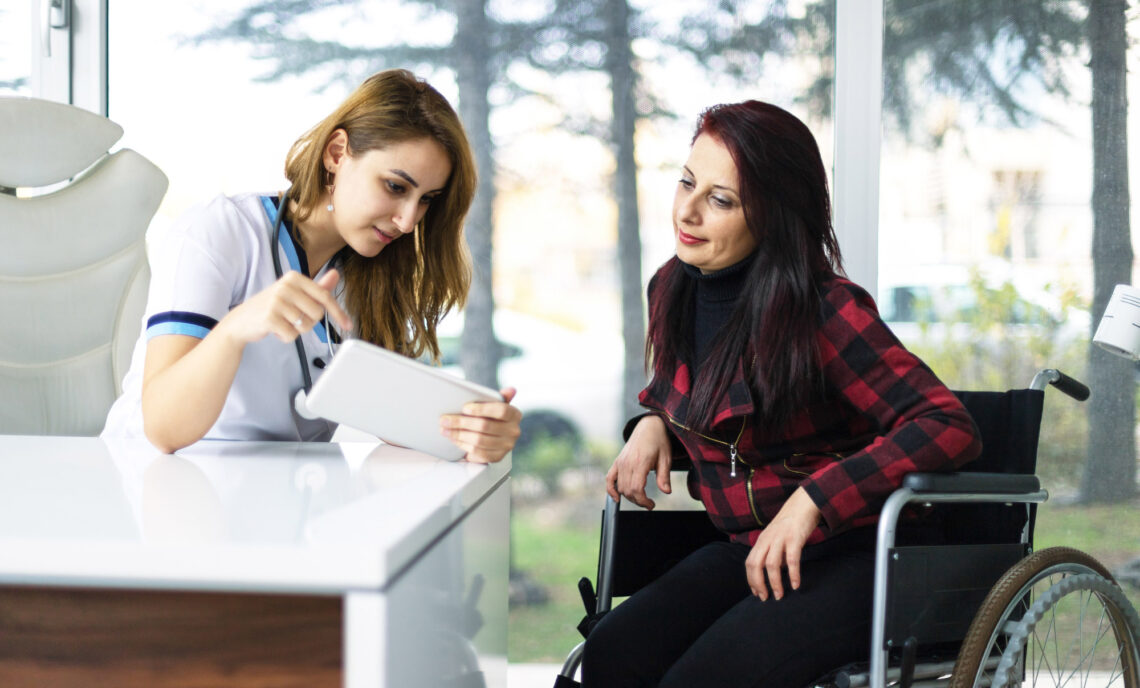How Will Data Analytics and IoT Enhance Healthcare in Australia?
As Australia’s healthcare system invests in IoT (the Internet of Things) and other connected sources of health technology, providers could take advantage of powerful opportunities that will help them make better business decisions.
As medical device manufacturers invest in big data analytics and IoT, they will make it possible to implement viable systems and processes in healthcare. Gartner, the world leader in IT (information technology) research and advisory, reported IoT hardware spending, specifically on wearables and machine-to-machine learning, is anticipated to exceed 2.5 million in US dollars every minute this year alone.
These technological developments have already created the new generation of the bring your own healthcare device (BYOhD) ideal. This technology has grown swiftly among patients across Australia. It’s becoming a fundamental part of the efficiency of Australia’s high-tech healthcare. This is creating activated patients instead of passive patients. What’s the difference?
Passive Consumers Vs. Activated Consumers
People want to take a proactive part in their own healthcare. That requires that they stop being passive consumers who primarily rely on doctors and other healthcare professionals to acknowledge their health conditions and become activated consumers. Activated consumers are more apt to take control of their own healthcare.
At-home portable monitoring devices for blood pressure and blood glucose levels, mobile applications that are capable of transmitting health data, and wearables like Fitbits, already allow consumers to monitor and manage their own health conditions. These devices prevent the need to go to the doctor for every little thing. When your health data is transferred, your doctor can help maintain a record and make your healthcare plan easier to manage.
Another difference between passive and activated consumers is that passive consumers are less likely to engage in preventative healthcare solutions. They simply wait until they get sick to engage with medical professionals. A DCHS (Deloitte Center for Health Solutions) study showed that activated consumers spend 21% less on medical costs than passive consumers.
Opportunities in Australian Healthcare
The current healthcare model in Australia is drawing a lot of attention lately. There have been discussions on whether they should shift to something like the United States model.
No matter how Australia’s healthcare model evolves in the coming years, local healthcare entities and the Australian government need to concentrate on the advancements in technology and how it could positively impact the industry. Healthcare systems and processes that are usually overlooked could always use improvement.
One of the problems is the frequent use of outdated IT systems in healthcare within organisations. 20-30-year-old technology needs to be updated and upgraded to be functional and efficient. The expense of upgrading could be a costly undertaking, but it would lower costs overall and eliminate reliance on paperwork, redundant administrative tasks, and phone calls.
Additionally, a lot of patient data is stored in separate places, which isn’t very efficient. Integration of this data with new technologies will streamline and shorten the process of patient handling. A virtual overhaul using a completely automated system would make data easily accessible, resulting in efficient patient care.
Integration of patient data should encompass not only their health data, but also their end-to-end treatment processes and health insurance data from registration to the payment process. This wouldn’t just cut costs, but it would also provide more efficient and appealing healthcare to activated and passive consumers alike.
Can Australian Healthcare Overcome Customer Engagement Hurdles?
Even with wearables, home monitoring, and mobile apps at their fingertips, consumers are still not quick to change their thought processes. They are still relying heavily on healthcare professionals.
The FDA reported that the number of medical device recalls increased by 97% between 2003 and 2012. There are also a reported 200,000 product-related user complaints each year regarding wearable medical devices.
These numbers will reduce in the future as device makers start taking a more personalised approach to the consumer’s needs. They could be using data from connected devices and other kinds of data sources to identify what consumers like and dislike as well record and recognise their preferences and behaviours.
That is how they can learn more about where their products are lacking and make improvements per what they gather from consumer data. They can create more consumer-centric devices and effectively engage consumers, businesses, and patients that will create substantial changes within Australia’s nationwide healthcare system.
Predictive analytics and the use of natural language are things device manufacturers can use to get ahead of consumers needs and desires.
As this technology evolves, regulations will be instituted to prevent security and safety concerns when using technology in the healthcare industry. Responsibility must be delegated appropriately if a patient provides inaccurate readings due to a problem with a device. These are important factors that must be addressed as medical device technology evolves.
Is Australia’s Healthcare Sector Ready for New Technology?
Australian healthcare is certain to change in the future. It will rely on leveraging new technologies, including data management, automation, and robotics.
It needs to be prepared to take full advantage of today’s advanced technology, like other Australian industries have and be ready to accept augmented reality, virtual reality, and artificial intelligence (AI) that will be ready to take on more tasks in healthcare.
The goal of Australian and worldwide healthcare organisations should be to adapt to new technologies and learn to use them to help more patients. As today’s and tomorrow’s technologies change, so do consumers, which means healthcare needs to follow suit.
Are you ready to be part of the technological age of Australian healthcare? HCA has job openings for medical professionals across the nation.



